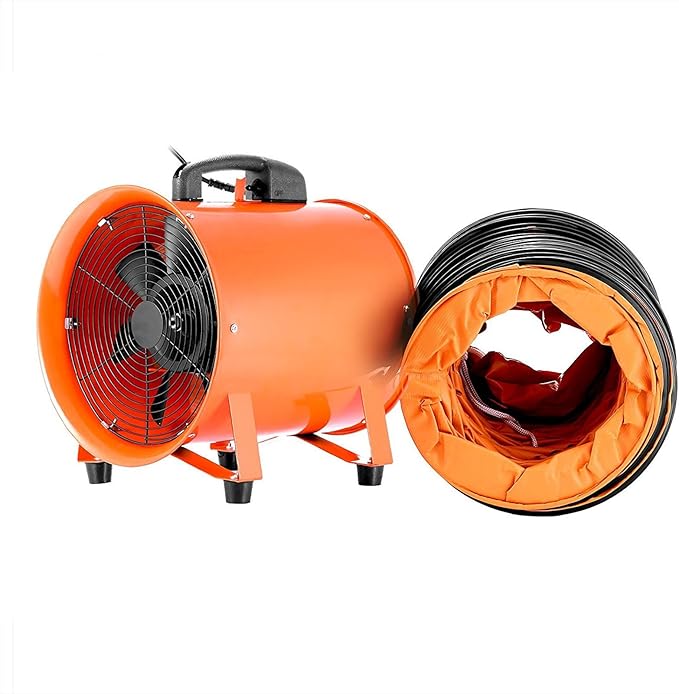Ventilator Parameters and Setting Methods
Understanding how to set up a ventilator properly is crucial, especially for first-time users. Today, I’ll introduce the main parameters of ventilator settings and explain their setup methods. These settings require careful attention to ensure safe and effective operation.
Primary Parameters:
- Tidal Volume
- Pressure
- Flow Rate
- Time (including Respiratory Rate and Inspiratory Ratio)
Parameter Descriptions and Setup
- Tidal Volume: The tidal volume should exceed the patient’s physiological tidal volume, which is approximately 6–10 ml/kg. On the ventilator, this can range from 10–15 ml/kg, often 1-2 times the physiological volume. Adjustments are based on chest movement, lung auscultation, pressure measurements, and blood gas analysis.
- Respiratory Rate: This rate should be close to the patient’s physiological respiratory rate, which varies by age:
- Newborns: 40–50 breaths/min
- Infants: 30–40 breaths/min
- Older children: 20–30 breaths/min
- Adults: 16–20 breaths/min
- Formula: Tidal Volume x Respiratory Rate = Minute Ventilation
- Inspiratory Ratio: Generally set to 1:1.5–2. For obstructive ventilatory disorders, adjust to a longer expiratory time (e.g., 1:3), while restrictive disorders may require an inspiratory ratio of 1:1.
- Pressure (Peak Inspiratory Pressure – PIP):
- Normal lung compliance: 10–20 cm H2O
- Mild lung disease: 20–25 cm H2O
- Moderate lung disease: 25–30 cm H2O
- Severe lung disease or RDS: above 30 cm H2O
- Newborn Adjustment: About 5 cm H2O less than adult settings.
- Positive End-Expiratory Pressure (PEEP): In children, PEEP of 2–3 cm H2O aligns with physiological needs. In severe ventilation disorders (e.g., RDS, pulmonary edema), this may increase to 4–10 cm H2O, with extreme cases reaching 15–20 cm H2O. Monitoring blood oxygen is essential, and adjustments should be gradual to prevent abrupt changes in oxygen levels.
- Flow Rate: Should be at least double the minute ventilation volume, typically 4–10 L/min.
Ventilator Parameter Settings
- Setting Tidal Volume: In volume-controlled ventilation, tidal volume ensures adequate ventilation and patient comfort. For adults, a typical range is 5–15 ml/kg, with 8–12 ml/kg being most common. Key factors include lung compliance, airway resistance, and ventilator tube volume. To prevent barotrauma, limit airway plateau pressure to 35–40 cm H2O. In pressure-controlled ventilation, tidal volume is influenced by preset pressure, inspiratory effort, and airway resistance.
- Setting Mechanical Ventilation Frequency:
Ventilation frequency should account for ventilation mode, tidal volume, dead space, metabolic rate, target CO₂ levels, and the patient’s breathing capability. Adult settings are typically 8–20 breaths/min. For restrictive ventilatory dysfunction, a higher frequency (20 breaths/min or more) may be needed. Adjust frequency after 15–30 minutes based on oxygen, CO₂, and pH levels to avoid gas trapping and excessive PEEP. - Setting Inspiratory Flow Rate:
In volume-control/assisted ventilation without spontaneous breathing, the inspiratory flow rate should stay below 40 L/min. For patients with spontaneous breathing, adjust flow rate to meet peak inspiratory needs, usually within 40–100 L/min. The flow rate impacts work of breathing and synchrony with the machine, requiring careful adjustment. - Inspiratory-to-Expiratory Ratio (I
Ratio):
This ratio influences hemodynamics, oxygenation, and patient comfort. For patients with spontaneous breathing, aim for an inspiratory time of 0.8–1.2 seconds, yielding an Iratio of about 1:2 to 1:1.5. In controlled ventilation, a longer inspiratory time can improve oxygenation but requires monitoring of hemodynamic responses. Excessive inspiratory time may necessitate sedatives to prevent discomfort.
- Ventilator Airflow Mode:
Most ventilators offer multiple airflow patterns (e.g., decelerated, accelerated, square wave, sine wave), primarily used in volume-controlled modes. In pressure-controlled ventilation, a decelerated flow pattern is common to quickly achieve target pressures. For volume-controlled settings, square-wave airflow is often used, though more research is needed to evaluate the effects of different patterns on ventilation and patient comfort.

